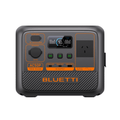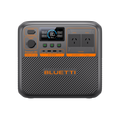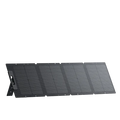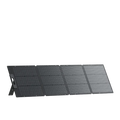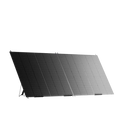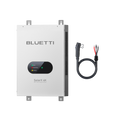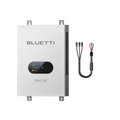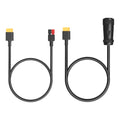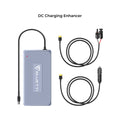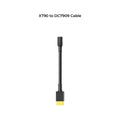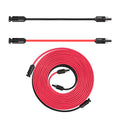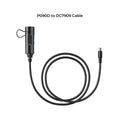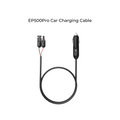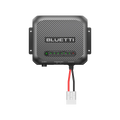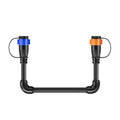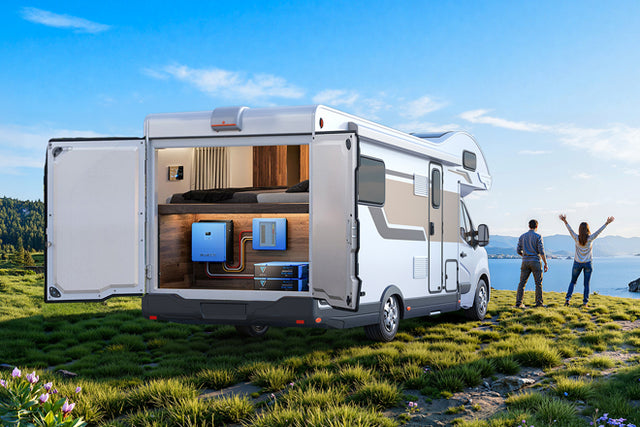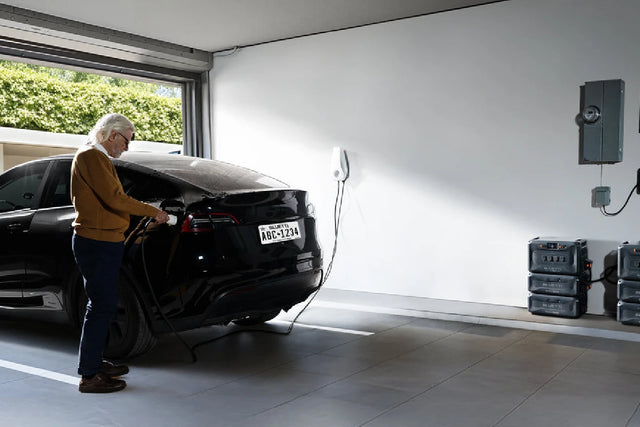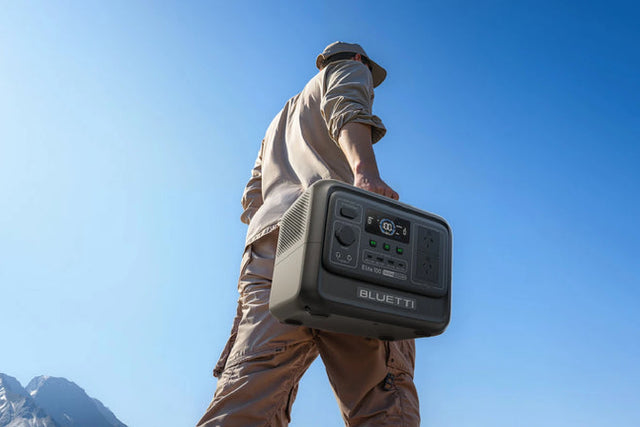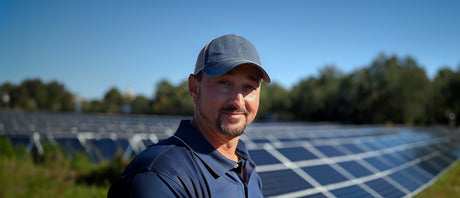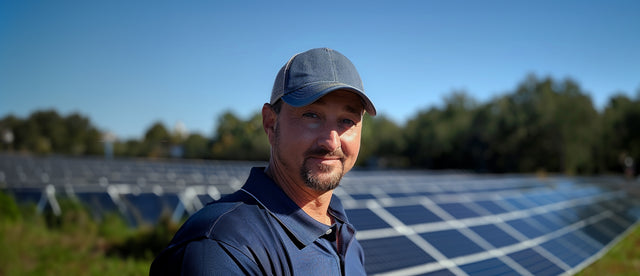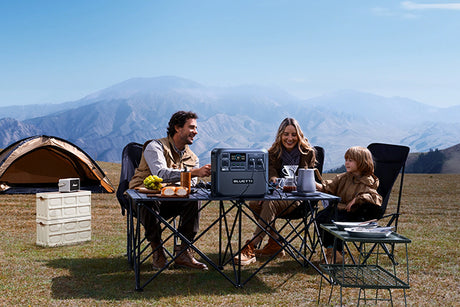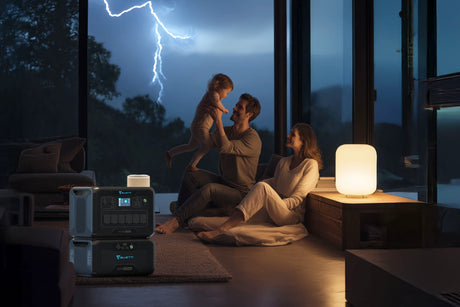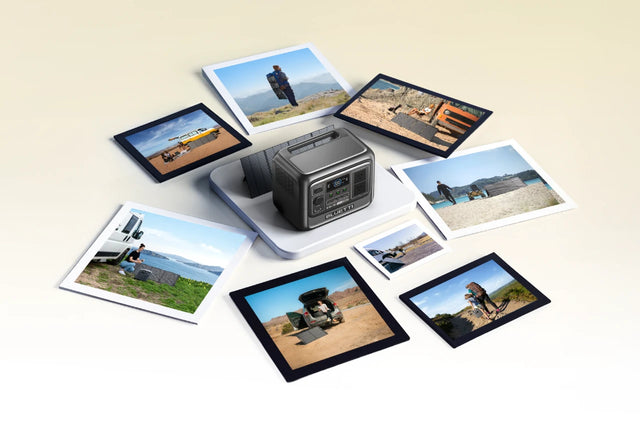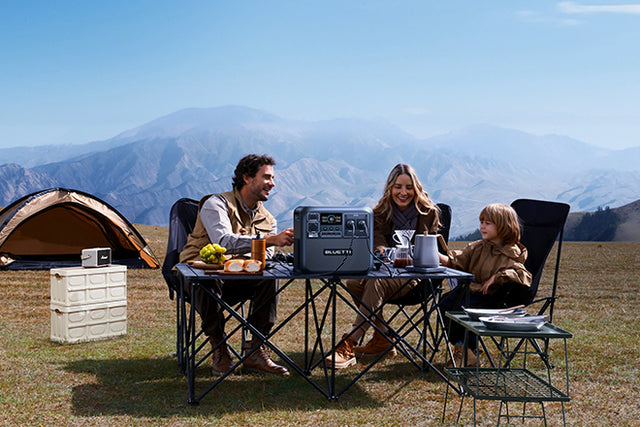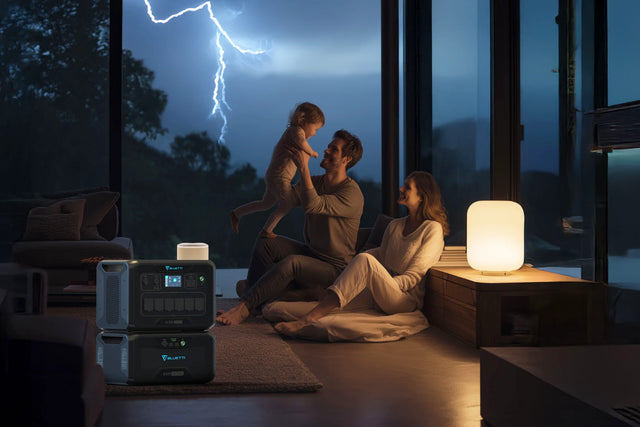Portable generators can be a lifesaver in situations where the power goes out due to a storm-triggered grid failure and other catastrophic events, but they're also highly useful in a range of other settings. For Aussies heading off camping, for instance, it can let you enjoy your evenings under the stars in comfort, as you quickly power up your lighting, cooking and refrigeration appliances and even air conditioning and heating.
For those that head out for extended durations, planning to go off-grid for a while and connect with nature while avoiding the stressful noise of modern life, a portable generator will let you live and work without having to sacrifice anything. You can connect your devices like laptops and WiFi while also enjoying TV and everything else you're used to at home.
You can also take a portable generator to a job site that may not yet have its own power supply connected. That lets you get on with the job without having to wait around, saving you time while also earning money.
But how long can a portable generator run continuously? That's the question many Aussies looking at buying one of their own want to know. A number of factors affect the answer, and we're going to look at them here and give you the answers you need.
How to Calculate Generator Runtime

The length of time you can use a portable generator is not set in stone and, as we've mentioned, it depends on a number of things. You'll get more out of your generator in some situations and less in others, and so you need to consider the type of fuel it uses, how much power it's providing to appliances, equipment and devices (the load) and also what its fuel consumption rate is.
We can use this simple formula to get an idea of a portable generator's runtime capacity:
- Runtime (hours) = Fuel Tank Capacity (L) ÷ Fuel Consumption Rate (L/hour)
In order to use this formula:
Find the Fuel Tank Capacity
This is how much fuel your portable generator can hold. You'll find the amount in the specifications in the user manual.
Check the Fuel Consumption Rate
How much fuel the portable generator uses per hour, and it will depend on the load, as in how much power the various appliances it's connected to require.
Work Out the Load Percentage
You can determine the load percentage by dividing total power demand by the generator's wattage. So 1,000W of power with a 2,000W generator equals half the amount, or 50 percent of the load.
Adjust the Load
The greater the load on your portable generator, the more fuel it will use. If you're using it to almost full load capacity, for example, you're going to quickly use up the fuel and shorten the total runtime. But if you're running at 50 percent load, you can effectively double the runtime.
Common Generator Sizes & Estimated Runtime
Next on our list of factors to consider when asking yourself, "How long can a generator run?" are the various sizes of generators. They come in different sizes and capacities, including the size of their fuel tanks. And as we've pointed out, portable generators' runtime is also heavily dependent on the load -- how much power is being supplied to appliances and equipment.
Generally, you can expect these sizes of portable generator:
Small Portable Generators (1,000W – 3,000W)
- Fuel Tank: 3.6 litres
- Fuel Consumption:
- At 100% load: approx. 1.1L/hour
- At 50% load: approx. 0.6L/hour
- Estimated Runtime:
- Full load: 3.3 hours
- Half load: 6 hours
Ideal for camping, small tools and backup for a small number of appliances.
Medium Portable Generators (3,000W – 5,000W)
- Fuel Tank: 17 litres
- Fuel Consumption:
- At 100% load: approx. 2.0L/hour
- At 50% load: approx. 1.1L/hour
- Estimated Runtime:
- Full load: 8.5 hours
- Half load: 15 hours
Good for home backup during power cuts, RVs and work on job sites.
Large Portable Generators (5,000W – 10,000W)
- Fuel Tank: 30 litres
- Fuel Consumption:
- At 100% load: approx. 3.8L/hour
- At 50% load: approx. 2.0L/hour
- Estimated Runtime:
- Full load: 8 hours
- Half load: 15 hours
Best for entire-home backup, large appliances and construction sites.
Factors That Affect Generator Runtime

Getting the most out of your portable generator and maximising its efficiency means paying close attention to the factors that affect runtime. So be mindful of:
Load Percentage
The more appliances and devices you connect to your portable generator and run at the same time, the more power the generator has to supply as it uses more fuel. This is the load percentage. So try not to run your generator at full capacity and aim for around 50 percent. This will give you double the runtime.
Fuel Type & Efficiency
The type of fuel your portable generator burns plays a key role in its runtime.
- Petrol is easy to get but burns quicker, meaning you have shorter runtimes and have to refuel more often.
- Diesel is more efficient and gives you longer runtimes but is not as widely available as petrol.
- Propane is less energy dense and therefore has lower generator runtime, but it's a cleaner fuel and can also be stored for longer periods.
Environmental Factors
The higher up you are -- your elevation -- the less air you have, and this means your portable generator will have to burn more fuel to compensate because the engine power is reduced.
Temperature plays a role too, with extremes of cold and heat both negatively affecting the way a portable generator works.
Maintenance & Condition
Fuel generators get dirty, including their air filters, oil and spark plugs. This can dramatically reduce engine efficiency and lead to higher fuel consumption to maintain power output.
To maintain efficient power generation, regular maintenance of portable generators is required.
How to Extend Generator Runtime
You want to get the most out of your portable generator as you possibly can, especially during emergency situations like an extended power cut due to a storm but also if you're out camping or living off-grid for a while. These are some things you can do to help extend the runtime of your portable generator.
Use an External Fuel Tank
Check if your portable generator supports an external tank, because some do, and it can be a lifeline when you need power and your generator's internal tank is running low or has run out of fuel.
Limit Power Draw
Only run what you need -- the basics, like a fridge, lights and phone chargers. Avoid using high-wattage appliances at the same time, because a surge in power required for start-up will result in higher fuel consumption.
Choose a Dual-Fuel Generator
A portable generator that uses both petrol and propane will give you a longer runtime and the peace of mind of being able to find petrol more easily in an emergency.
Pair with a Solar Generator
You can only run a fuel-based portable generator as long as you have fuel. But pair it with the sun's energy and you can operate your generator indefinitely. Use solar panels to store power in batteries during the day and fuel when there's no sunlight.
Why Consider a Solar Generator?
You can see that a fuel generator takes a lot of work, is not guaranteed to always operate, or at least at an efficient level, needs constant attention and maintenance -- and will stop working if the fuel runs out.
That's why many Aussies are instead opting for solar generators, giving them unlimited energy supply in a clean, quiet, emissions-free and no-fuss way. The bestselling BLUETTI AC240 Portable Power Station is a perfect example of this in-demand, green technology.
BLUETTI AC240 – Clean Power On Demand
The AC240 comes with a 1,536Wh LiFePO₄ battery and gives you:
- 2,400W AC output (enough for a kettle, fridge, microwave and more)
- 3,600W Power Lifting Mode to handle high-startup appliances
- Long lifespan — over 3,500 cycles to 80% capacity
- IP65-rated waterproof and dustproof casing, so you can use it outdoors as well as in the home.
This robust generator uses solar panels to charge when there's sunlight, and you can also use mains power as well as a power outlet in your car.
How long BLUETTI AC240 Generator Run?
To give you an idea of how long a solar generator like the AC240 can run for, powering your essential appliances and devices, use this formula:
Runtime (hours) = (1,536Wh × 0.95 × 0.85) ÷ (Appliance Power (W) + 9W)
Taking into account:
- 95% battery efficiency
- 85% inverter efficiency
- 9W self-consumption by the generator
1. Full Load (2,400W Appliance) 0.52 hours
2. Half Load (1,200W Appliance) 1.03 hours
Example: Microwaves, air fryers and electric kettles can run for one hour before requiring a recharge.
Example Runtimes at Different Loads
| Appliance | Power (W) | Estimated Runtime |
|---|---|---|
| LED Light | 10 | 130 hours |
| Laptop | 65 | 20 hours |
| Mini Fridge | 100 | 13 hours |
| 50” TV | 150 | 8.5 hours |
| CPAP Machine | 60 | 22 hours |
| Microwave | 800 | 1.6 hours |
| Induction Cooker | 1500 | 0.82 hours |
| Power Tools | 2000 | 0.62 hours |
| Space Heater | 2400 | 0.52 hours |
Benefits of Going Solar

By choosing a power generator like the BLUETTI AC240, you benefit from:
- Silent operation -- you can enjoy the tranquillity of your home without the noise of a fuel generator, and you won't be annoying neighbours either. Out in the wild, you won't disturb creatures in the surrounding area, or fellow campers.
- Zero emissions -- no toxic emissions as with fuel generators because there’s nothing to burn. It's a safe and green backup energy solution, and you don't have to worry about adhering to Australian ventilation rules.
- Free fuel –- unlike expensive petrol, diesel and propane, which you have to keep buying, the sun's energy is free and abundant. Charge the batteries when the sun is out, and even on cloudy days.
- Low maintenance – Almost nothing to clean because there's no oil or fuel to dirty the generator's components.
Solar Generator vs. Fuel Generator for Runtime
If you're weighing up the pros and cons of a fuel generator and a solar one, each has its strengths but in the long run, solar wins out. That's because it's convenient, easy to use, far cheaper to operate and is environmentally friendly. Here's an overview:
| Feature | Solar Generator (e.g. BLUETTI AC240) | Fuel Generator |
|---|---|---|
| Power Source | Solar energy stored in a battery | Petrol, diesel or propane |
| Runtime | Unlimited with sunlight and battery | Limited by fuel tank size |
| Emissions | None | CO₂ emissions, fumes |
| Noise Level | Silent | 50–80 dB (can be disruptive) |
| Fuel Costs | Free (after purchase of solar panels) | Ongoing expense |
| Maintenance | Minimal | Regular oil and filter changes |
| Portability | Lightweight, all-in-one units | Can be heavy and require fuel cans |
| Indoor Use | Safe | Not recommended – risk of fumes |
Traditional fuel generators have long been the choice of Australians planning for the possibility of power cuts, at home or at work, and those heading into the great outdoors. But with a range of disadvantages, including high running and maintenance costs and pollution problems, solar power is increasingly becoming the preferred choice of people across Australia.
So when the power goes out, or you're in a remote area with no electricity, you can keep on going with reliable energy from the sun stored up in your solar power generator. It’s a clean, efficient, trouble-free solution to back-up power needs whatever situation you find yourself in.
Shop products from this article
Be the First to Know
You May Also Like
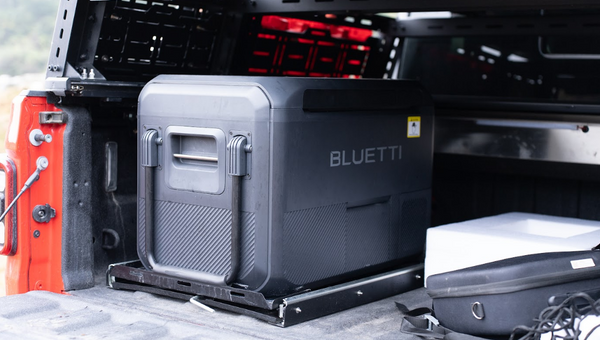
Let’s discover what you understand by a 12V fridge, its merits, its demerits, and whether it suits you or not. Also discover BLUETTI 3-in-1 Fridge Freezer.
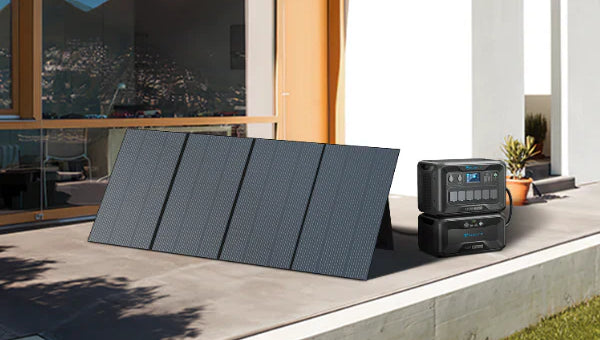
Here’s how to clean solar panels on roof the right way. Learn about DIY options, costs, and what to avoid to get the most out of your investment in solar.

Looking for a reliable power pack for camping, travel or phone charging? Discover the best lithium power packs for all your needs, including BLUETTI’s EB3A, AC2A and AC50B.


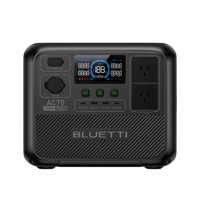
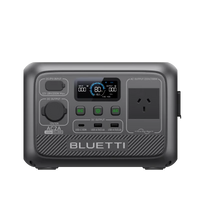


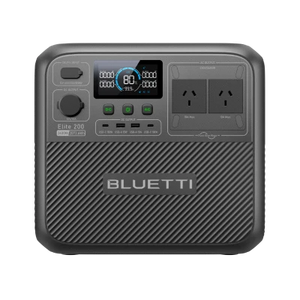
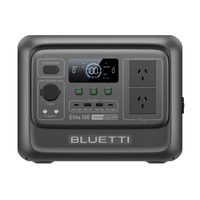
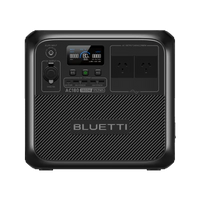
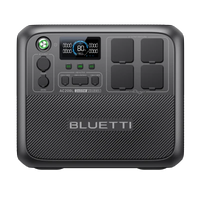
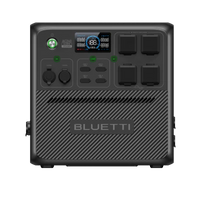
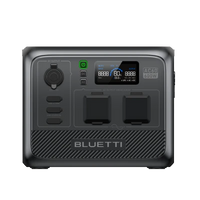
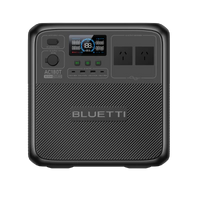


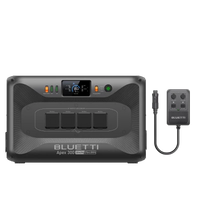

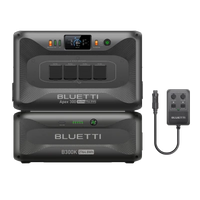
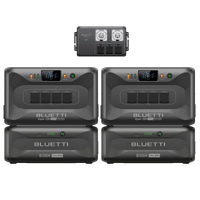
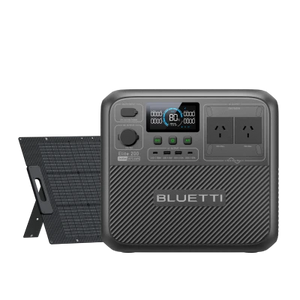
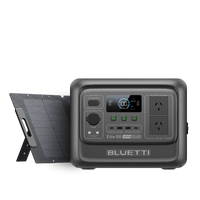
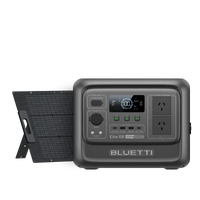
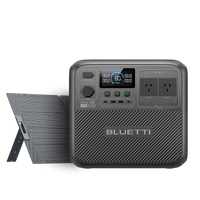
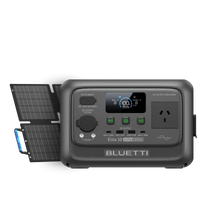
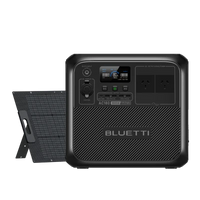
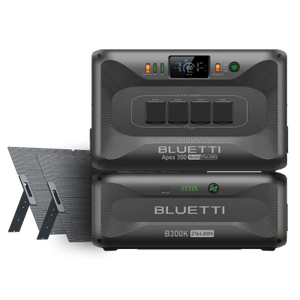
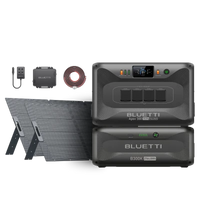
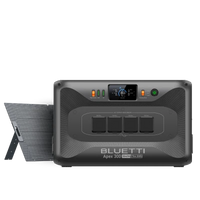
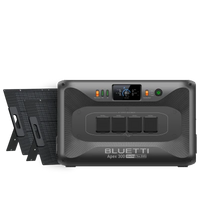
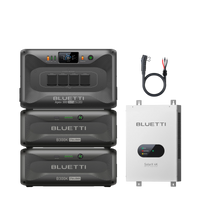


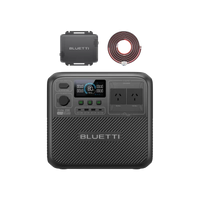
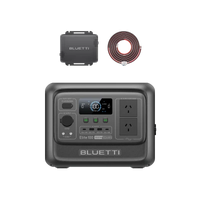
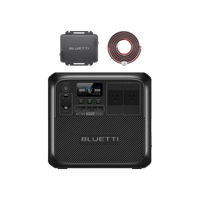
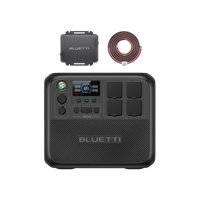
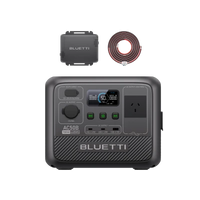
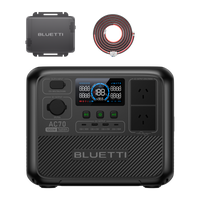




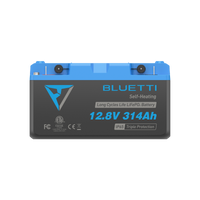











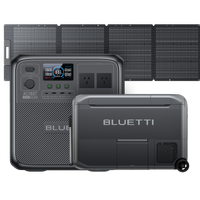
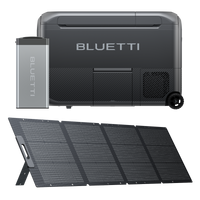

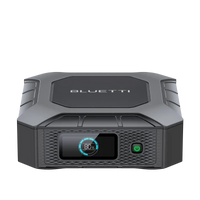
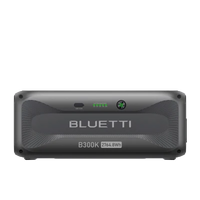

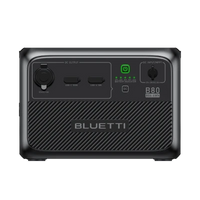
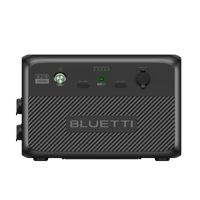

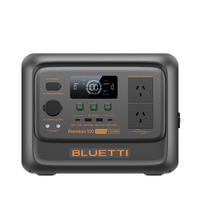
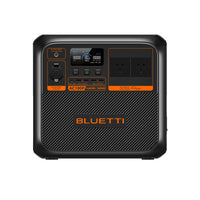

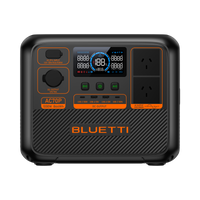
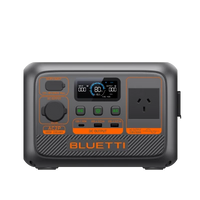
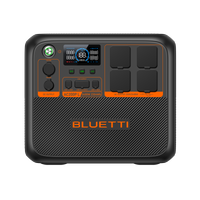
![[Phased Out] BLUETTI B80P Expansion Battery | 806Wh](http://www.bluettipower.com.au/cdn/shop/files/202310025B80P_2000-2000px_4_4caa0c1c-4dab-4272-9e9b-2b7507e5bd81.jpg?v=1713777870&width=200)
![[Phased Out] BLUETTI B210P Expansion Battery | 2,150Wh](http://www.bluettipower.com.au/cdn/shop/files/2_08cf9ef3-03a4-4489-b641-d3edb8094896.webp?v=1716016566&width=200)

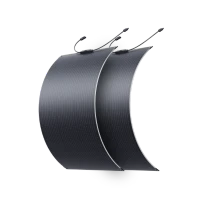
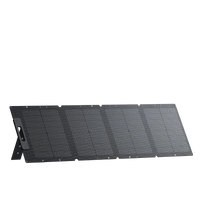
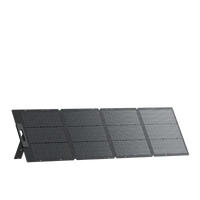
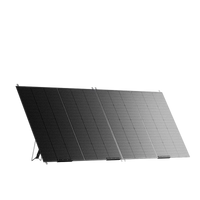





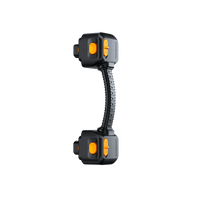
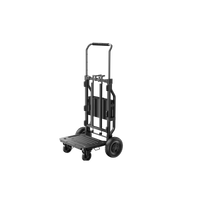
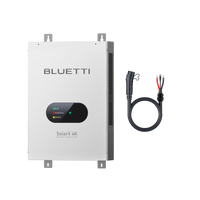

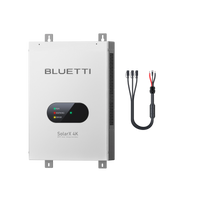
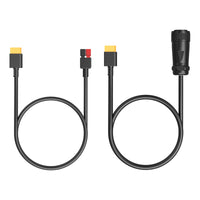
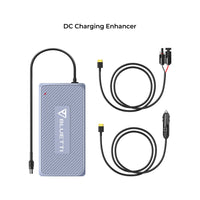

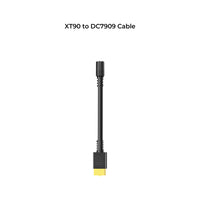
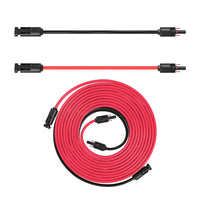
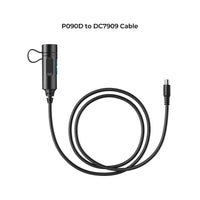
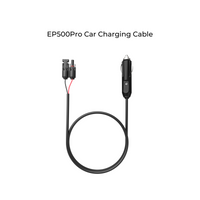
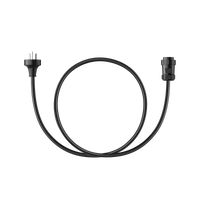
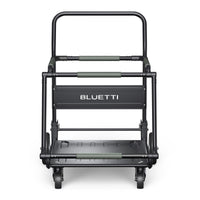
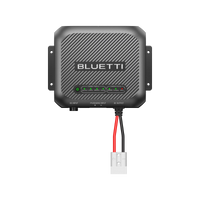
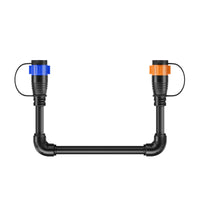



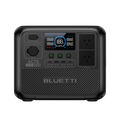
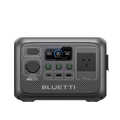



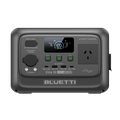
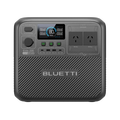
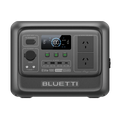
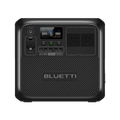

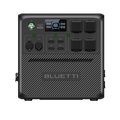
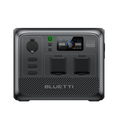
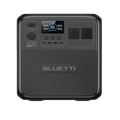


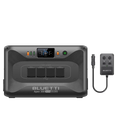

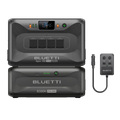
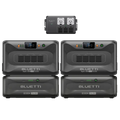




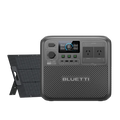
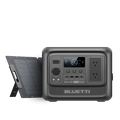
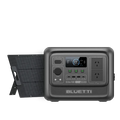
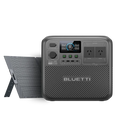
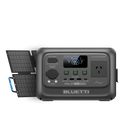
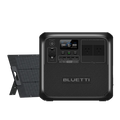
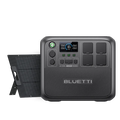
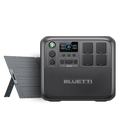




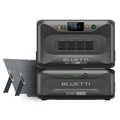
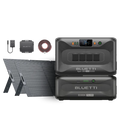
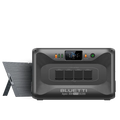
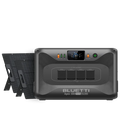
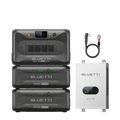


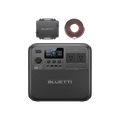
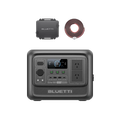
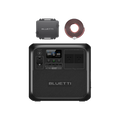
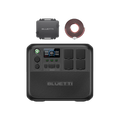

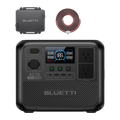


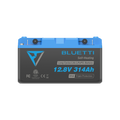











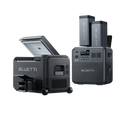
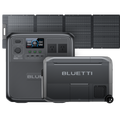


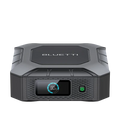


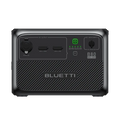
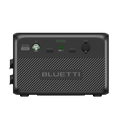


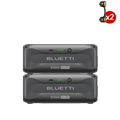
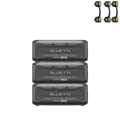




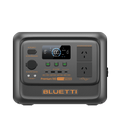
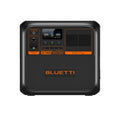

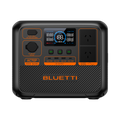
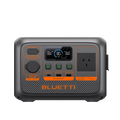

![[Phased Out] BLUETTI B80P Expansion Battery | 806Wh](http://www.bluettipower.com.au/cdn/shop/files/202310025B80P_2000-2000px_4_4caa0c1c-4dab-4272-9e9b-2b7507e5bd81.jpg?v=1713777870&width=120)
![[Phased Out] BLUETTI B210P Expansion Battery | 2,150Wh](http://www.bluettipower.com.au/cdn/shop/files/2_08cf9ef3-03a4-4489-b641-d3edb8094896.webp?v=1716016566&width=120)

